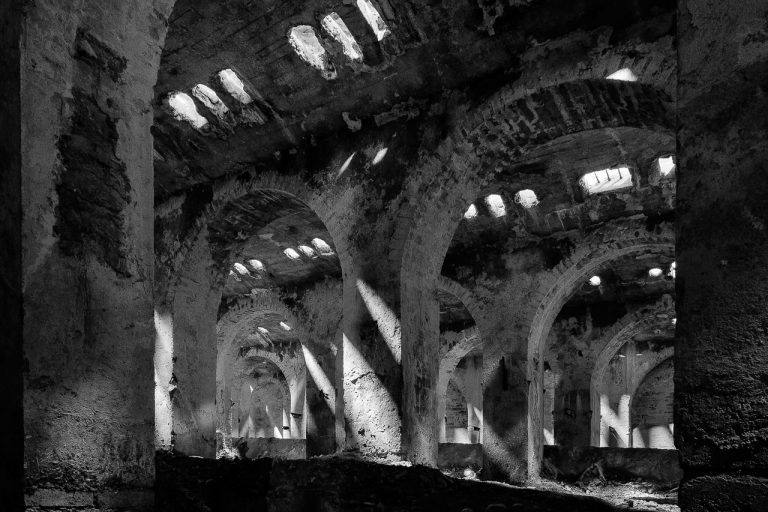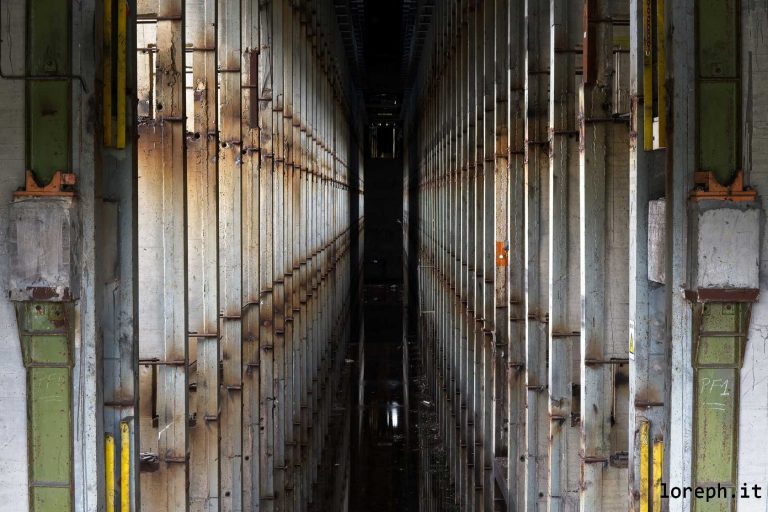EX MONTECATINI DI MORI – ALUMETAL [IT]
Exploration #253. The Alumetal aluminium factory, also known as Montecatini di Mori, was one of the leading Aluminium factories in Italy. In operation from 1928 to 1983, the factory presented technologically advanced and innovative solutions.
Alumetal was built along the right bank of the Adige River starting in 1926 by the Società Italiana dell’Alluminio (SIDA), which was the result of an agreement between Montecatini and the German company Vereinigte Aluminium Werke (VAW). Work was completed two years later, in 1928. In 1935, following the breakdown of the agreement between Montecatini and the German company, the Società Nazionale Alluminio (SNAL) was born. The factory later passed to Montedison and in 1973 was acquired by EFIM and changed its name to Alumetal.
The factory presented technologically avant-garde and innovative solutions: it was the first plant in Trentino that exploited the energy created on site for its own needs, by means of imposing hydraulic intake works on the Adige River; its derivation canal was the longest in Italy and one of the most important in Europe (2450 m); inside the hydroelectric plant (one of the most beautiful and artistically appreciable in the entire region) were located the four most powerful dynamos on the continent. The factory also patented new models of melting furnaces, experimented with new mechanical beating systems and industrially developed smoke and dust purification and washing systems that became the object of study for the world’s leading specialists.
During the Second World War, the Montecatini di Mori was declared a war factory and depended on Fabbriguerra in Bologna. The factory’s production supplied not only the Italian but also the German war industry and, with the exception of a few classes of young men, the furnace workers were not called to arms. It was during this period that the highest number of employees was reached, at 1224. The recovery after the Liberation was slow and difficult: the crisis made its effects felt, causing a drastic reduction in the workforce, which reached a low of 250 workers. This was also due to a general mechanisation of work; the worker no longer worked in direct contact with the furnace as in the early days, but controlled the pressure by sitting on a trolley equipped with a mechanical arm to beat, thus speeding up the operation.
The last years of its life were spent in a minor tone, with a reduced number of employees. The nationalisation of electricity adversely affected the company’s course. As long as Montecatini had its own power stations, this cost a few cents, but with ENEL the prices increased tenfold. With this burden, Montecatini faced the 1970s. In the meantime, competing factories had sprung up around the world and the Mori plant was no longer competitive and susceptible to further production development. The company’s new owner, the state-owned E.F.I.M., was only a bureaucratic presence.
In March 1983, the closure became definitive.






















































